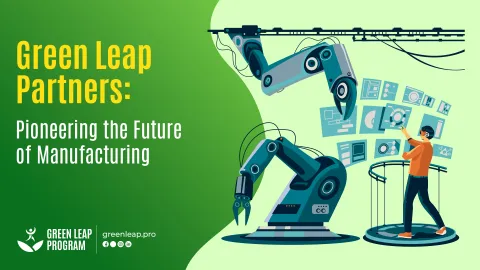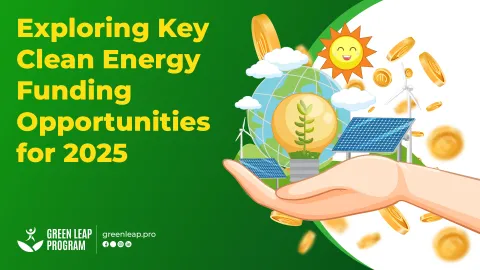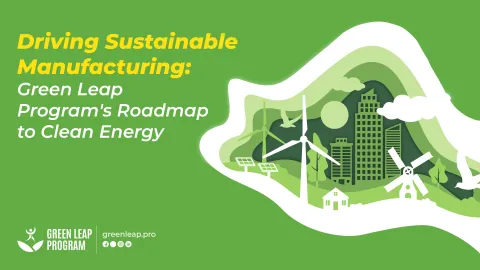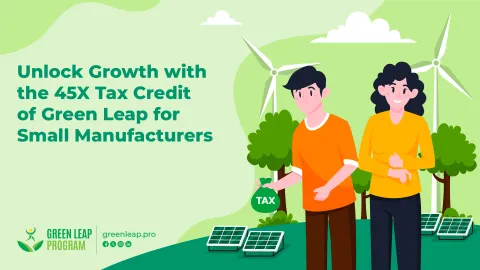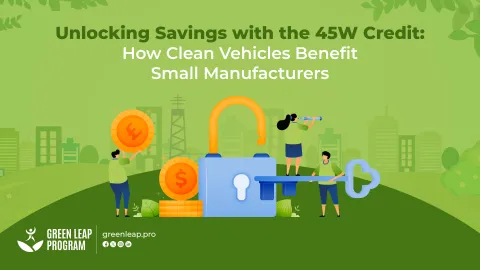As concern for sustainability grows all over the world, manufacturers are now seeking ways through which they could lower their impact on the environment. Right at the heart of this voyage stands a zero-waste strategy. It aims to reduce waste output to near zero by designing the life cycle of resources so that all the resultant products are reusable, re-purposed, or recycled. For manufacturers, creating a zero-waste culture is no longer about good environmental stewardship—it's about driving operational efficiencies and cost savings. The following guides the practical steps manufacturers can take toward implementing effective zero-waste practices.
Zero Waste—Defined
Zero-waste is a holistic means of removing waste from the production process. Unlike traditional production models, which often rely on linear 'take, make, dispose' systems, zero waste advocates for an economy shared in which products and materials are kept in continuous use. In simple terms, this means each material involved in manufacturing is re-purposed or given back into a supply chain system to minimize or eliminate waste.
Advantages of Zero-Waste Practices
Environmental Impact: Zero-waste reduces the quantity of material that lands in landfills. This minimizes pollution and helps preserve natural resources.
Cost Efficiency: Better utilization of resources, coupled with reduced levels of waste, may lead to lower production costs and enhanced overall efficiency.
Regulatory Compliance: As environmental legislation stiffens, zero-waste practices may allow manufacturers to remain within local, national, and international compliance regimes. Such proactive measures help avoid high fines and enhance the brand's reputation.
Brand image and market position: More and more, companies attesting to and showing dedication to sustainability are the ones that both consumers and partners stand for; therefore, zero-waste manufacturers gain leverage in the market.
Key Steps to Implement Zero Waste in Manufacturing
Assess the current waste output.
A detailed waste audit will establish the sources of generation and the quantity. The auditing addresses every stage of a manufacturing process: material sourcing, production, packaging, and distribution.
Key actions in this phase include the following:
Documenting the waste streams: Identify the types of waste generated, for example, solid, liquid, and hazardous, and their sources. Measure the volume and weight of waste produced to appreciate the extent of the problem.
Analyse the causes: Find out why the waste is being produced—inefficiencies, poor material choices, or antiquated processes.
Process Redesign for Waste Reduction
Improve production efficiency: Remove inefficiencies in operations to reduce off-cuts, defects, and overproduction. This may be achieved by adopting the philosophy of lean manufacturing.
Source material efficiency: Source materials that can easily be reprocessed or recycled, and it also considers the potential to switch over to more sustainable alternatives. Sometimes, this could mean redesigning products to use fewer resources or using new technologies that will reduce waste.
Design for disassembly: Products are designed in such a way that they are easily taken apart for recycling at the end of their useful lives. This will not only minimize waste generation but also make it easier to recycle.
Implement continuous improvement: Implement a culture of improvement where employees are incentivized to seek new ways of minimizing waste.
Reusing and Recycling Materials
In-house re-use: Reuse materials again within the production process or in another function within the company. For example, waste from one product line can be used as input in another.
Engage in industrial symbiosis: Share by-products and wastes with other firms for use as raw materials in their respective processes. This will help reduce not only the generation of waste but also the associated material costs.
Strong programs on recycling: Ensure a clean collection, reprocessing, and return of waste materials into the supply chain through firm commitments. This means cooperation with local recycling facilities and investing in on-site equipment.
Innovative technologies: Invest in technologies that turn waste into energy or other valuable by-products, thereby transforming potential waste into resources.
Waste management companies
Expert advice: Companies involved in waste management could provide bespoke advice on waste reduction and the development of recycling.
Custom solutions: They would be able to offer custom waste management solutions tailored to your needs, whether it is recycling, composting, or recovering energy. They keep one updated with local and national legislation and regulations, ensuring that in waste management, one is not prone to prosecution or fines for improper disposal. Resource recovery: Partnering with resource recovery-focused enterprises allows you to turn your waste into valuable products while lessening your environmental impacts and adding more value streams.
Manufacturing zero-waste practices have become very crucial for companies focused on sustainability. Analysis of the present waste output, redesigning processes, reuse, and recycling of materials—singly or jointly—should have the capacity to realize high reductions in waste. This benefits the environment enhances operational efficiency, cuts costs, and strengthens the company's market position.
Make that first leap to a sustainable future with the Green Leap Program. Join us today and make zero-waste a reality in your manufacturing process.




